-
How blowing the whistle on the Theranos scandal transformed Erika Cheung’s career
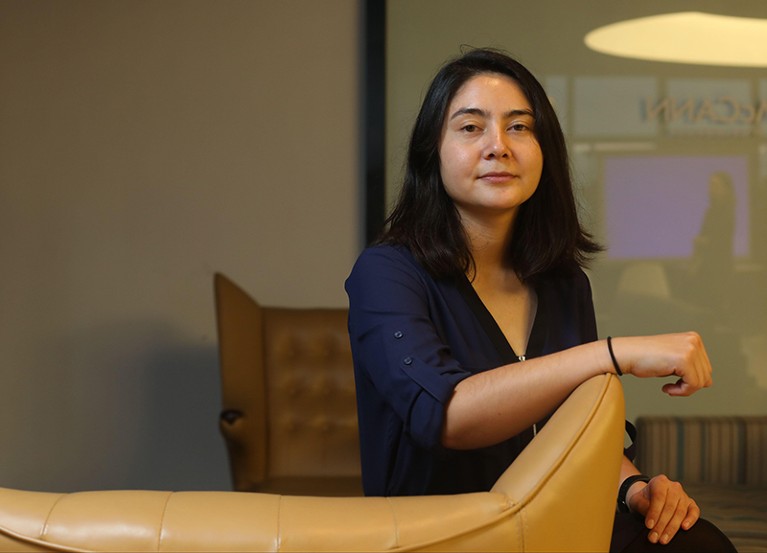
Erika Cheung found herself in the spotlight when she helped to expose scientific misconduct.Credit: Xiaomei Chen/Zuma/Alamy Most people who have endured and survived a toxic workplace don’t end up as a character in an award-winning TV show. But Erika Cheung is not like most people, in more ways than one. She risked her livelihood, right…
-
Combine AI with citizen science to fight poverty
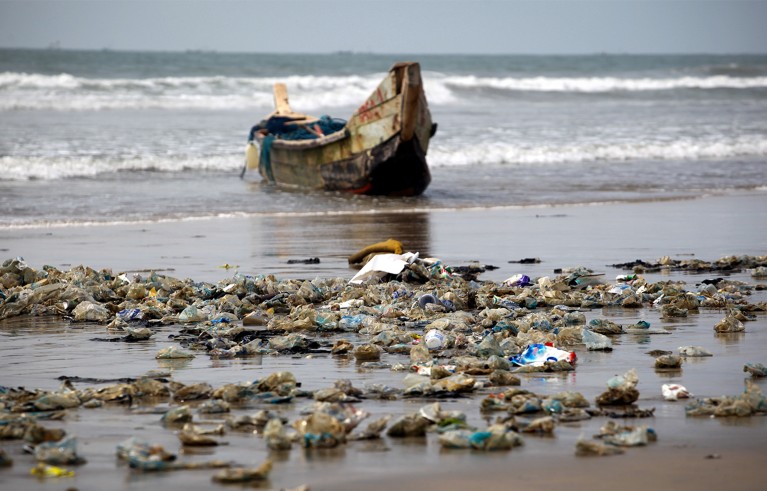
Volunteer researchers have been collecting litter data on Ghana’s coast, which the government is now including in its official statistics on the environment.Credit: Matt Cardy/Getty Of the myriad applications of artificial intelligence (AI), its use in humanitarian assistance is underappreciated. In 2020, during the COVID-19 pandemic, Togo’s government used AI tools to identify tens of…
-
Trump officials bar US climate team from global talks
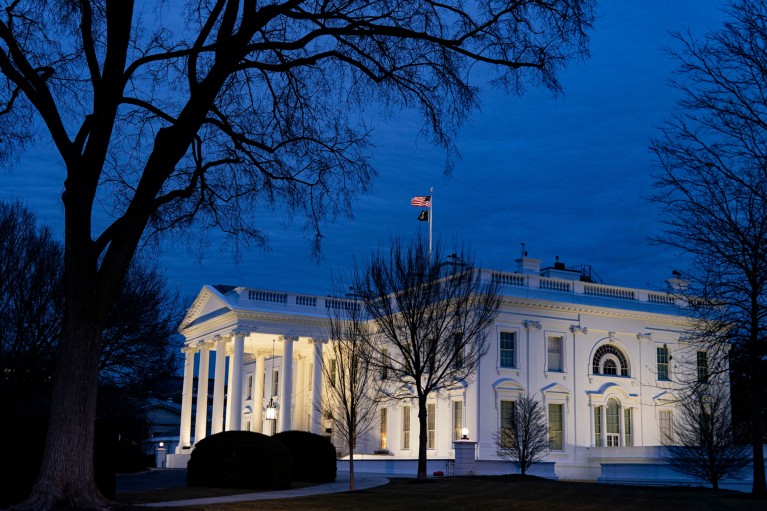
The Trump administration prevented NASA’s chief scientist from travelling to climate talks where she was to co-chair a working group.Credit: Al Drago/Bloomberg/Getty A major United Nations climate assessment is moving forwards in China this week without the United States, after the administration of President Donald Trump blocked US officials’ participation and shut down a team…
-
Daily briefing: Nature denounces Trump’s attack on US research

Hello Nature readers, would you like to get this Briefing in your inbox free every day? Sign up here. Editorial The administration of Donald Trump has launched an unprecedented strike on US science.Credit: David Turnley/Corbis/VCG/Getty Naturedenounces Trump’s assault on science US president Donald Trump has turned his back on the opportunity to build on the…
-
Iconic ocean-current system is safe from climate collapse ― for now

There have long been worries that a critical network of currents in the Atlantic Ocean could come to a halt catastrophically as the climate changes. Credit: Gordon Scammell/Loop Images/Universal Images Group/Getty A crucial ocean-current system seems unlikely to collapse even in the face of severe climate change ― despite predictions that it would disintegrate if…
-
Quantification of broadband chromatic drifts in Fabry–Pérot resonators for exoplanet science
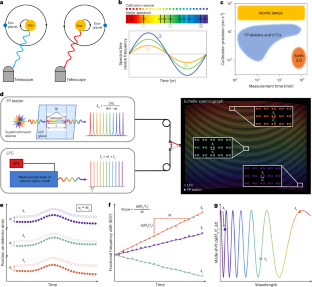
Abstract Finding an Earth–Sun analogue is one of the longest-standing goals in astronomy. The detection of such a system using the radial velocity (RV) technique is highly challenging, and would require coordinated advances in astronomical telescopes, fibre optics, precision spectrographs, large-format detector arrays and data processing. Measurements at the necessary 10−10 level over multiyear periods…
-
NIH turmoil sparks anxiety over future of its global grants
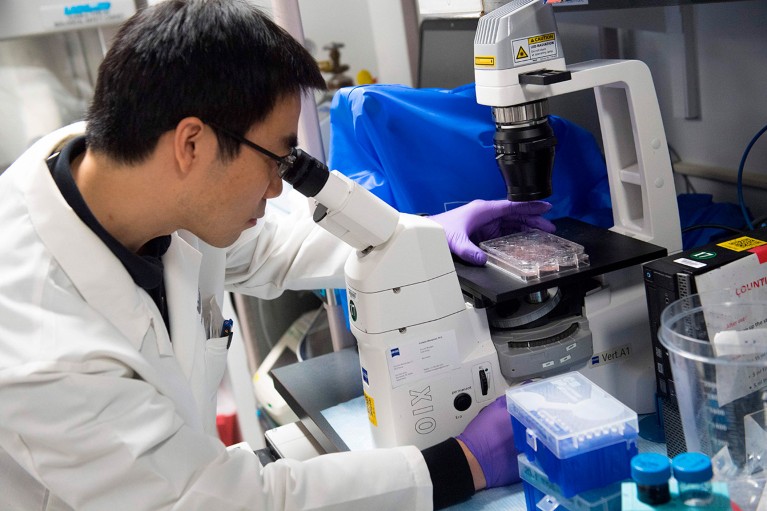
Researchers all over the world are funded by the National Institutes of Health.Credit: Saul Loeb/AFP via Getty Researchers worldwide who are funded by the US National Institutes of Health (NIH) — the world’s biggest funder of biomedical research — are facing uncertainty about the future of their grants, after the administration of US President Donald…
-
Fashion is neglecting nature. Now what?
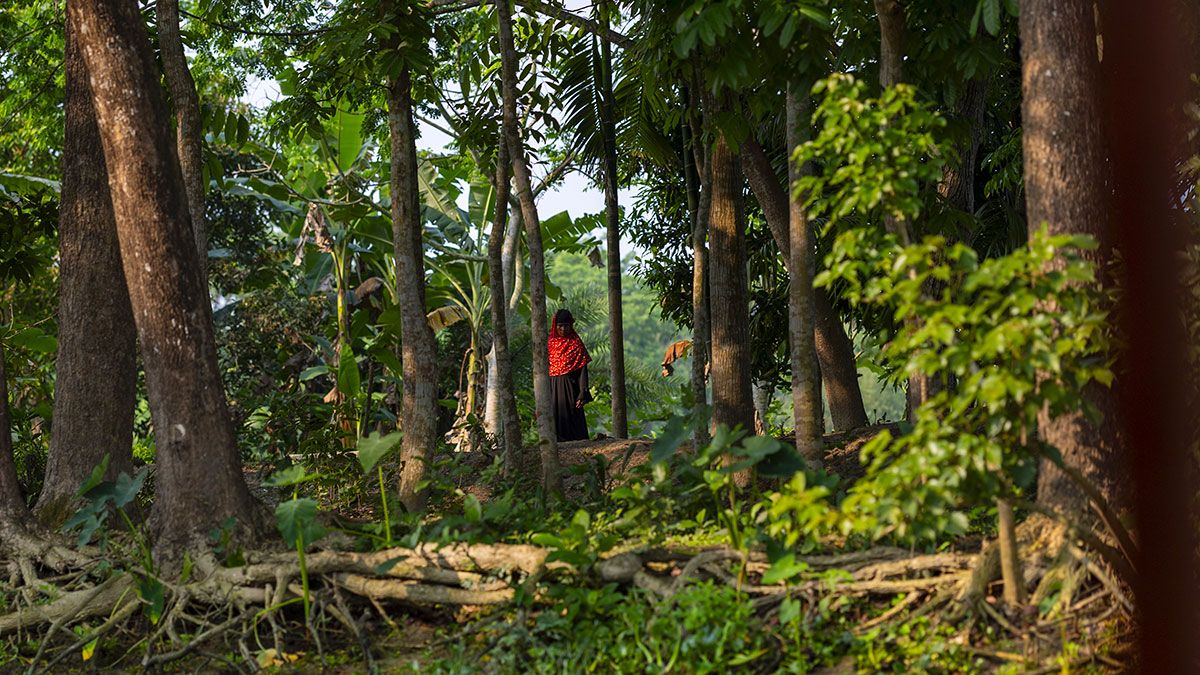
If fashion wants to turn the tide on the climate crisis, it needs to address greenhouse gas emissions. But fashion tends to view these emissions in isolation from the industry’s environmental footprint. The result is rivers polluted with toxic chemicals, ecosystems ravaged by deforestation and soil health so degraded it can’t produce the very raw…
-
Move beyond ‘publish or perish’ by measuring behaviours that benefit academia

What makes a great university? Academics say they value seeing their efforts recognized, witnessing the impact of their work on students and society, and working in a collegial environment. In my studies as a research fellow in educational psychology, I’ve found that students expect more than just a sound education — they want friendship with…
-
Large language models for scientific discovery in molecular property prediction
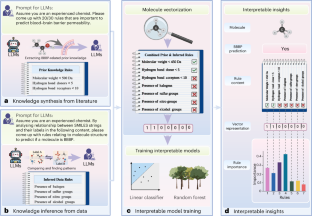
Abstract Large language models (LLMs) are a form of artificial intelligence system encapsulating vast knowledge in the form of natural language. These systems are adept at numerous complex tasks including creative writing, storytelling, translation, question-answering, summarization and computer code generation. Although LLMs have seen initial applications in natural sciences, their potential for driving scientific discovery…